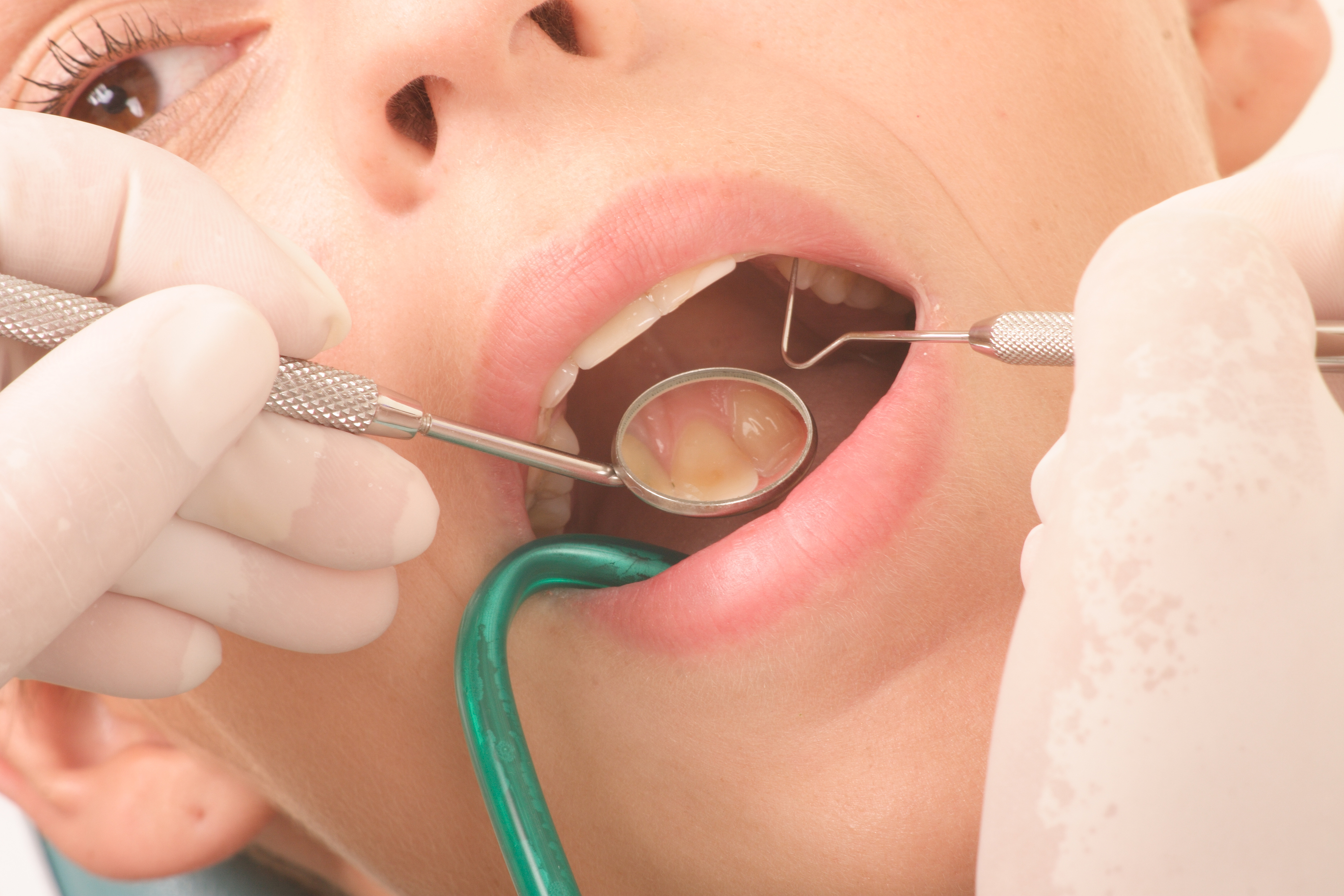Dental bonding is a dental procedure in which a dentist applies a tooth-colored resin material (a durable plastic material) and cures it with visible, blue light. This ultimately “bonds” the material to the tooth and improves the overall appearance of teeth. Tooth bonding techniques have various clinical applications including operative dentistry and preventive dentistry as well as cosmetic and pediatric dentistry, prosthodontics, and orthodontics.
Veneers are best for those who want the most natural result possible – to cosmetically fix worn, stained, crooked or discolored teeth fast.
A veneer is a layer of material placed over a tooth, either to improve the aesthetics of a tooth or to protect the tooth’s surface from damage. There are two main types of material used to fabricate a veneer: composite and dental porcelain. A composite veneer may be directly placed (built-up in the mouth), or indirectly fabricated by a dental technician in a dental laboratory, and later bonded to the tooth, typically using a resin cement. In contrast, a porcelain veneer may only be indirectly fabricated. Full veneer crown is “A restoration that covers all the coronal tooth surfaces”. Laminate veneer in other hand is a thin layer that covers only the surface of the tooth and generally used for aesthetic proposes.
A crown is a dental restoration which completely caps or encircles a tooth or dental implant. Crowns are often needed when a large cavity threatens the ongoing health of a tooth. They are typically bonded to the tooth using a dental cement. Crowns can be made from many materials, which are usually fabricated using indirect methods. Crowns are often used to improve the strength or appearance of teeth.
In-Office or Take-Home Whitening or “bleaching” is a process that removes the internal stain. Stains can be due to ones genetics, aging or simply chemicals that you are exposed to daily like coffee, tea, smoking, and red wine. A weak bleaching agent is used to remove the stain form the pores of the tooth.
Custom trays are made that allow you to do this in a safe fashion in the comfort of your home. The procedure takes 10-14 days or nights after which you will see a brighter and whiter smile.
We recommend that all whitening treatments be done after a recent dental hygiene cleaning. If you do not remove all of the plaque from your teeth prior to treatment, there may be blotchy spots.


